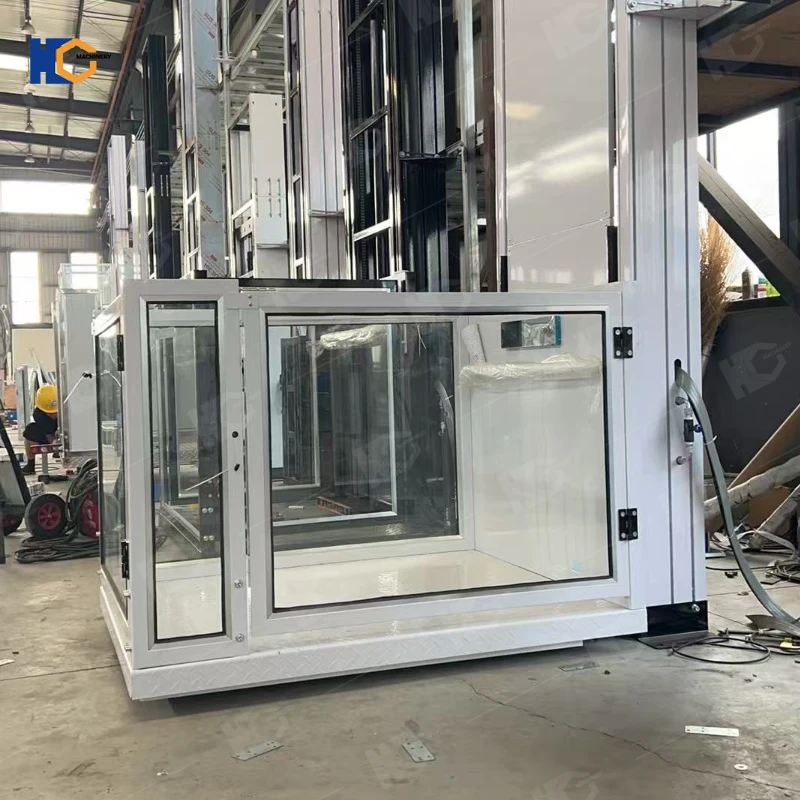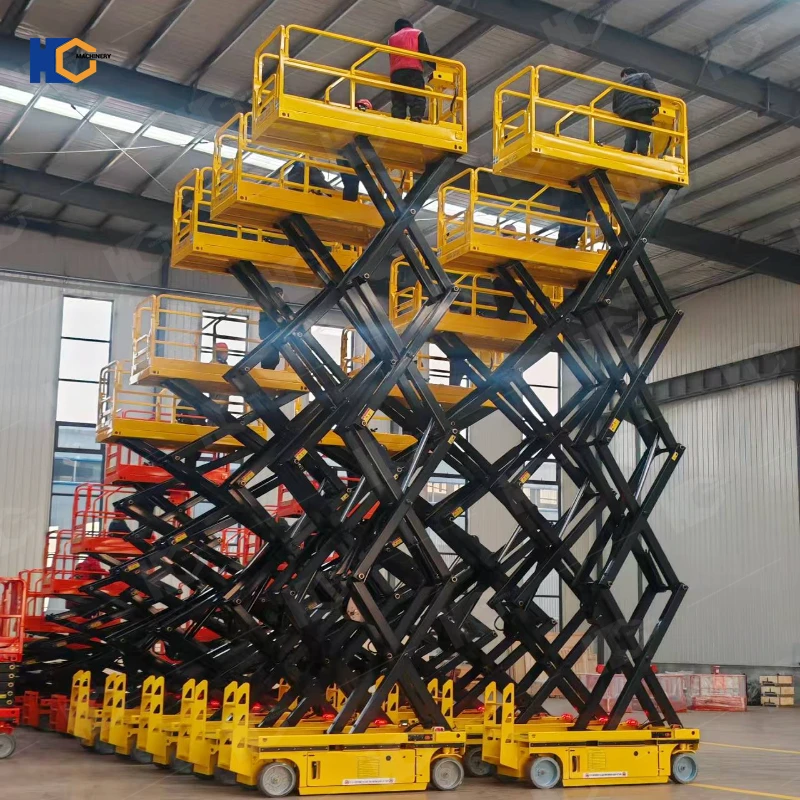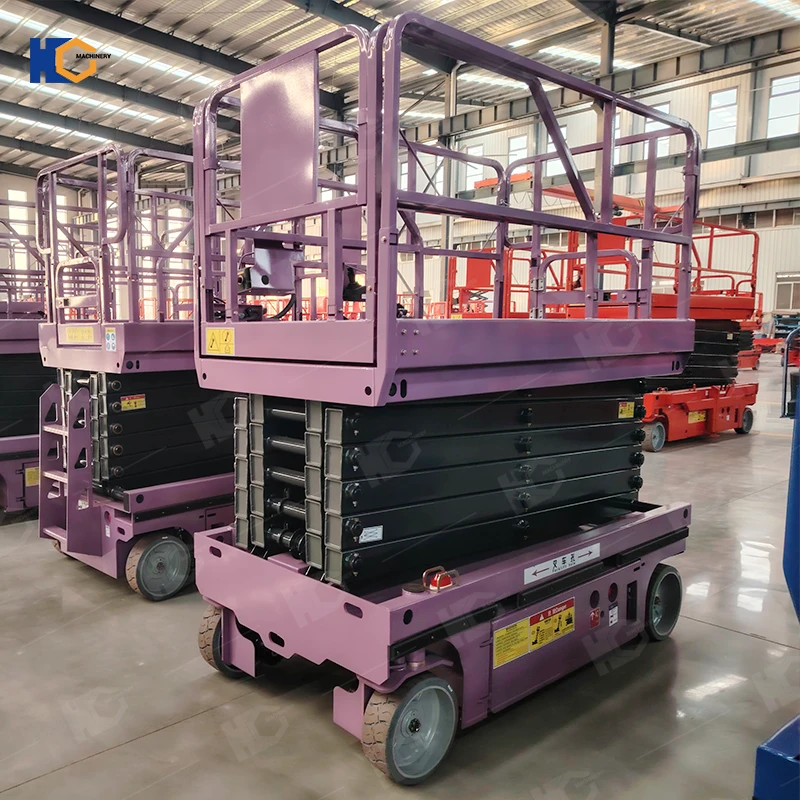Introduction
Wheelchair accessibility in buildings is not just a matter of compliance—it is a fundamental part of creating inclusive, safe, and convenient spaces for everyone. One of the most important aspects of accessibility is ensuring that elevator dimensions meet the requirements for wheelchair users. Selecting the right wheelchair accessible elevator dimensions involves balancing international accessibility standards, building design constraints, and user comfort.
In this article, we will explore the key factors influencing elevator dimensions for wheelchair access, provide research-backed data and tables for reference, and introduce how Jinan Huichuang Machinery Manufacturing Co., Ltd. (Huichuang Lift) delivers solutions that align with global accessibility needs.
Why Wheelchair Accessible Elevator Dimensions Matter
The size of an elevator directly determines whether a wheelchair user can safely enter, turn, and exit without difficulty. Inadequate space not only restricts mobility but can also pose safety hazards.
According to a 2024 accessibility survey by the World Health Organization (WHO), nearly 16% of the global population lives with a disability, and approximately 75 million people rely on wheelchairs worldwide. Ensuring elevators meet accessibility standards can significantly improve mobility, independence, and quality of life.
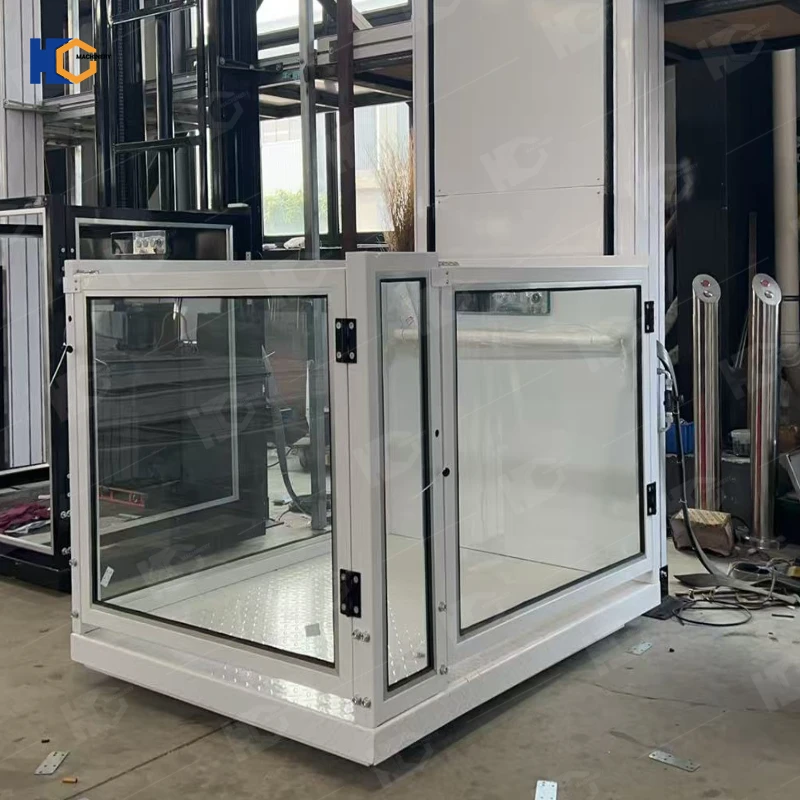
Considering everything from size to safety details, we create a smooth elevator experience for people with limited mobility.
International Standards for Wheelchair Accessible Elevators
Different countries have established minimum requirements for elevator dimensions to accommodate wheelchairs. Below is a comparison of global accessibility standards:
Table 1: International Elevator Size Standards for Wheelchair Accessibility
| Country/Standard | Minimum Cabin Width (mm) | Minimum Cabin Depth (mm) | Door Width (mm) | Turning Space Requirement |
|---|---|---|---|---|
| USA (ADA Standards) | 1370 | 1420 | 910 | Full 360° wheelchair turning |
| EU (EN 81-70) | 1100 | 1400 | 800 | Partial maneuverability allowed |
| UK (BS 8300) | 1100 | 1400 | 800 | Designed for both manual & powered wheelchairs |
| China (GB 50763-2012) | 1100 | 1400 | 800 | Compliance with national accessibility code |
| Australia (AS 1735.12) | 1100 | 1400 | 800 | Ensures independent wheelchair use |
Key takeaway: While dimensions vary slightly by country, most accessibility codes recommend minimum internal dimensions of 1100 mm (width) × 1400 mm (depth) and a door width of at least 800 mm.
Types of Wheelchairs and Their Impact on Elevator Dimensions
Not all wheelchairs are the same size. Manual wheelchairs, power wheelchairs, and bariatric wheelchairs each require different maneuvering spaces.
Table 2: Average Wheelchair Dimensions (Based on 2025 Research Data)
| Wheelchair Type | Average Width (mm) | Average Depth (mm) | Turning Radius (mm) |
|---|---|---|---|
| Manual Wheelchair | 635 | 1070 | 1500 |
| Power Wheelchair | 660–710 | 1120–1200 | 1700 |
| Bariatric Wheelchair | 750–1000 | 1200–1300 | 1800+ |
Insight: Since bariatric wheelchairs require significantly more space, building managers should consider whether elevators need to accommodate larger mobility devices for future-proofing.
Practical Considerations When Choosing Elevator Dimensions
When deciding on wheelchair accessible elevator dimensions, building owners and architects should evaluate several factors:
Building Type and Usage
Residential buildings may prioritize compact elevators with minimum compliance.
Hospitals, malls, and government buildings often require larger cabins for multiple passengers and powered wheelchairs.
Door Configuration
Center-opening doors offer better wheelchair access than side-opening doors, reducing maneuvering difficulty.
Load Capacity
Minimum load requirement for wheelchair elevators is 400–630 kg, depending on region and expected passenger use.
Turning Space
To allow smooth entry and exit, elevators should ideally provide at least 1500 mm turning radius inside or immediately outside the cabin.
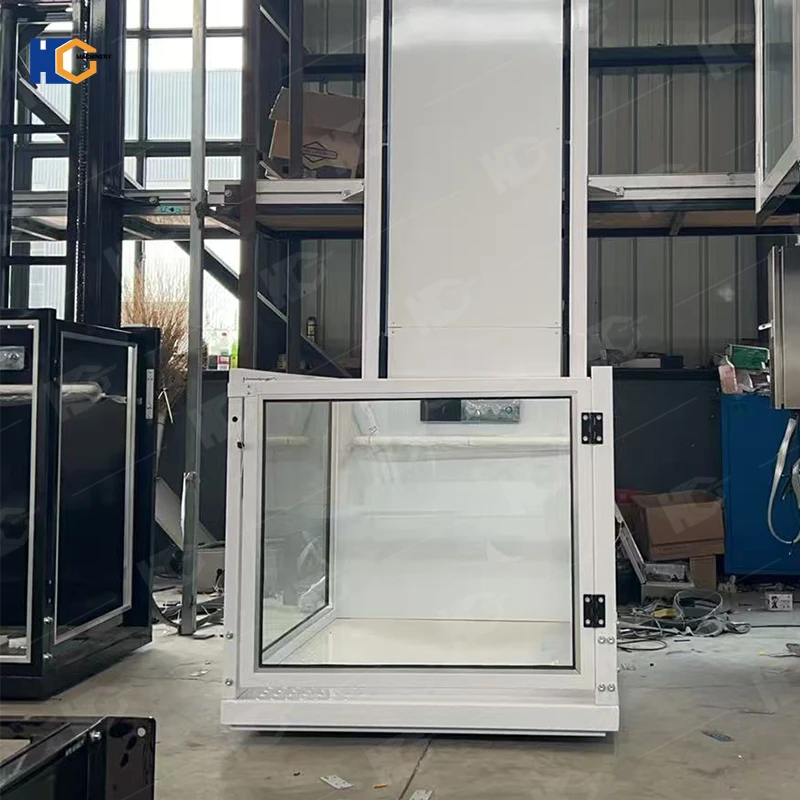
Meet accessibility needs, space compliance, convenient operation, and make travel safer.
Research Data: User Experience & Accessibility
A 2023 study by the International Association of Accessibility Engineers (IAAE) surveyed 1,000 wheelchair users across 15 countries. Key findings included:
Table 3: Wheelchair Users’ Elevator Experience Survey
| Factor | Percentage Reporting Difficulty |
|---|---|
| Too narrow door width | 42% |
| Insufficient cabin depth | 36% |
| Difficulty turning inside cabin | 28% |
| Buttons placed too high | 33% |
| Lack of visual & audio indicators | 21% |
Conclusion from study: The most common problem is narrow doorways, followed by insufficient cabin space. This highlights the importance of following or exceeding standard guidelines.
How to Calculate the Right Elevator Dimensions
Identify Target Users
Will the elevator primarily serve residents, hospital patients, or the general public?
Check Regional Codes
Always confirm with local standards such as ADA, EN 81-70, or GB 50763.
Plan for Future Needs
Choose dimensions that not only comply with today’s needs but also anticipate larger or powered wheelchairs.
Consult with Specialists
Partner with experienced lift manufacturers who can customize solutions.
Huichuang Lift: Your Partner in Wheelchair Accessible Elevators
Jinan Huichuang Machinery Manufacturing Co., Ltd. (Huichuang Lift) is committed to making buildings more accessible through advanced lift technology.
Expertise in Accessibility Solutions: Located in Jinan, the “Hometown of Hydraulic Lifting Platforms,” Huichuang Lift has years of experience designing home elevators and platform lifts that meet ADA, CE, and ISO standards.
Customized Dimensions: Our R&D team ensures elevators are designed to perfectly fit building requirements while exceeding accessibility guidelines.
Global Reach: With markets in North America, South America, Europe, and Southeast Asia, Huichuang Lift has built a strong reputation for safety, quality, and cost-effectiveness.
Product Strengths: Hydraulic aerial work lifts, home elevators, articulating boom lifts, and telescopic boom lifts—all engineered for durability and ease of use.
Mission: To provide hassle-free lifting experiences, promote building accessibility, and create more possibilities for users worldwide.
Instead of taking the trouble to measure the size manually, we recommend that you contact Huichuang Lift directly. We have a professional team to provide you with one-on-one customized solutions, saving you time and giving you peace of mind.
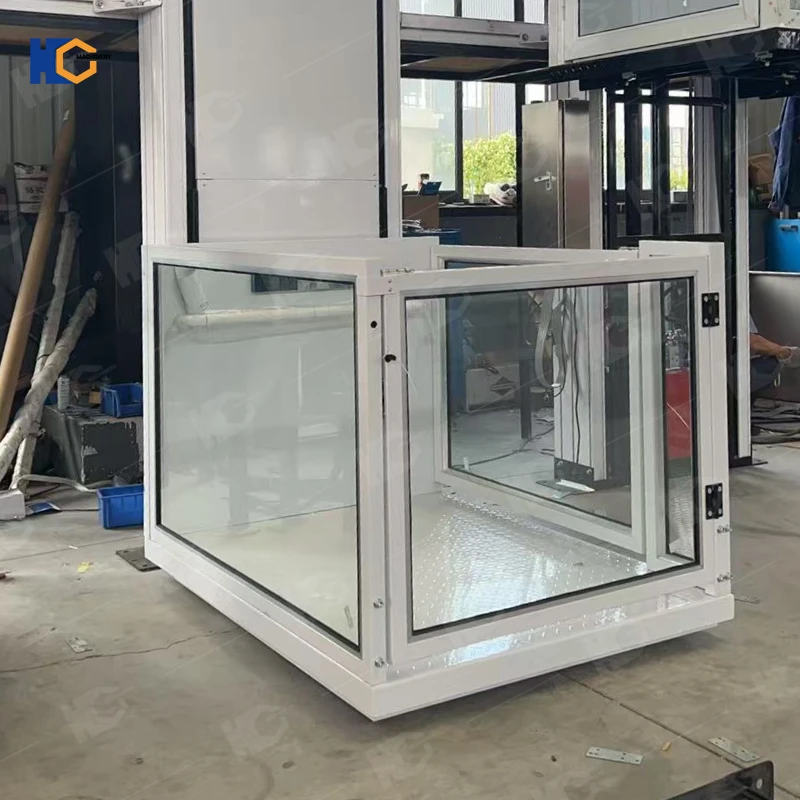
Adaptable to multiple scenarios, it balances practicality and comfort, unlocking new possibilities for barrier-free travel.
Future Trends in Wheelchair Accessible Elevators
Smart Controls – Touchless buttons and voice-activated controls for hygiene and accessibility.
Energy Efficiency – Eco-friendly hydraulic and traction systems to reduce operational costs.
Modular Design – Flexible cabins that can adapt to different building layouts.
Universal Design Philosophy – Elevators designed to suit everyone, regardless of disability status.
Conclusion
Choosing the right wheelchair accessible elevator dimensions is essential for safety, compliance, and inclusivity. By considering international standards, real wheelchair dimensions, and user experience research, building managers can make informed decisions.
Companies like Huichuang Lift are at the forefront of designing elevators that go beyond compliance, providing comfort, safety, and cost-effective solutions for both residential and commercial buildings.
Accessibility is not just about meeting codes—it’s about building a future where mobility is possible for all.
